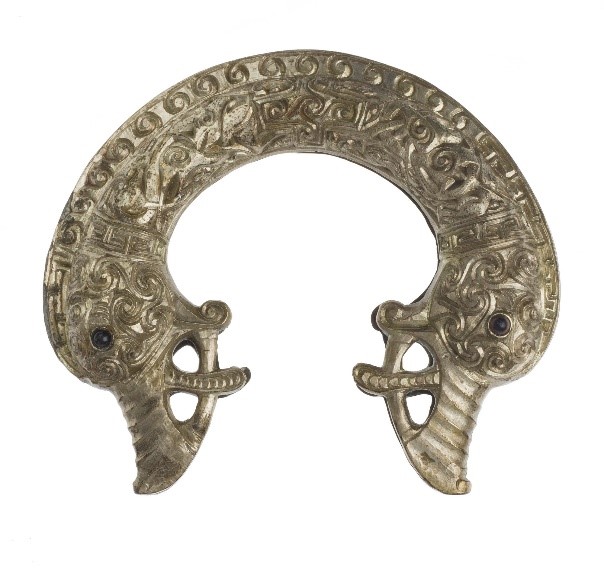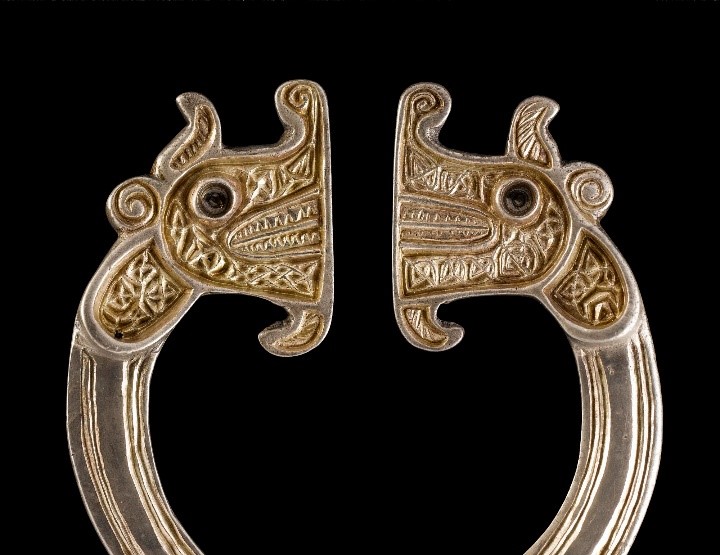The Picts are best known for pulling off one of Scottish history’s most famous disappearing acts. What, or who, accounts for them vanishing from the historical record after AD900? In the northern isles, the Pictish language seems to disappear completely. The blame often falls on the Vikings, who attacked Scotland relentlessly in the ninth and tenth centuries. Did some Picts see the way the wind was blowing and decide to ‘go Viking’?
Too often, we tend to think of cultural identity in this tumultuous period as absolute – you were either a Pict, or a Viking, or an Anglo-Saxon, and so on. New evidence in Scotland and abroad, however, reveals a much more nuanced reality where people could pick and mix aspects of their own cultures and those of others, both in life and in death.
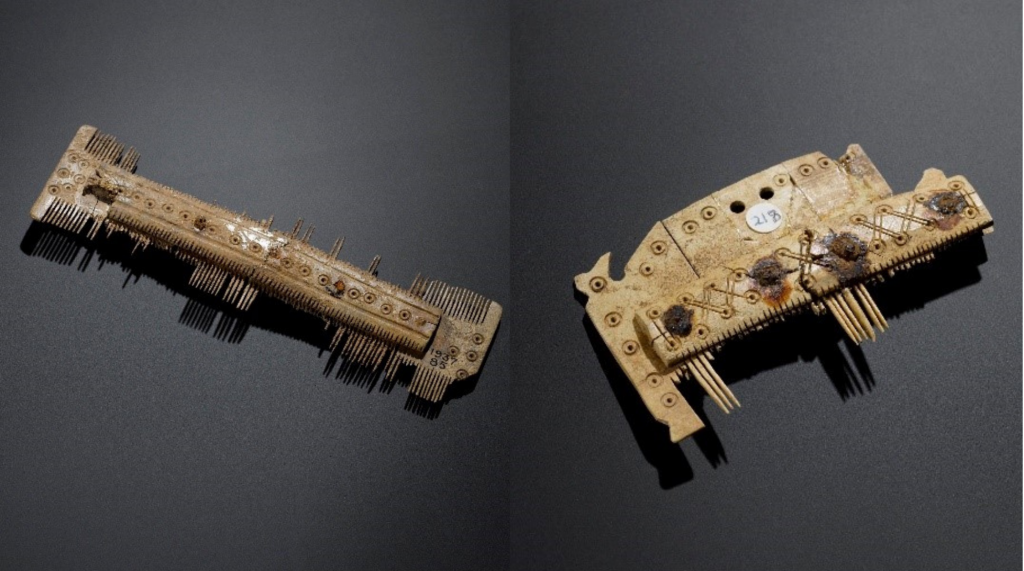
In the latest twist, a new study, which sequenced the human genomes of 442 individuals from areas of Viking-age settlement, confirms that people of many different genetic backgrounds were given ‘Viking’ burials. In Orkney, this included two burials with grave goods from Buckquoy and Birsay who were found to have ‘British-like’ ancestry according to their DNA (see my take on these here). There were also a handful of individuals buried in Scandinavia and the Baltic found to have similar ancestry. It confirms the warnings of archaeologists that ‘Viking’ artefacts could be adopted by anyone regardless of descent.
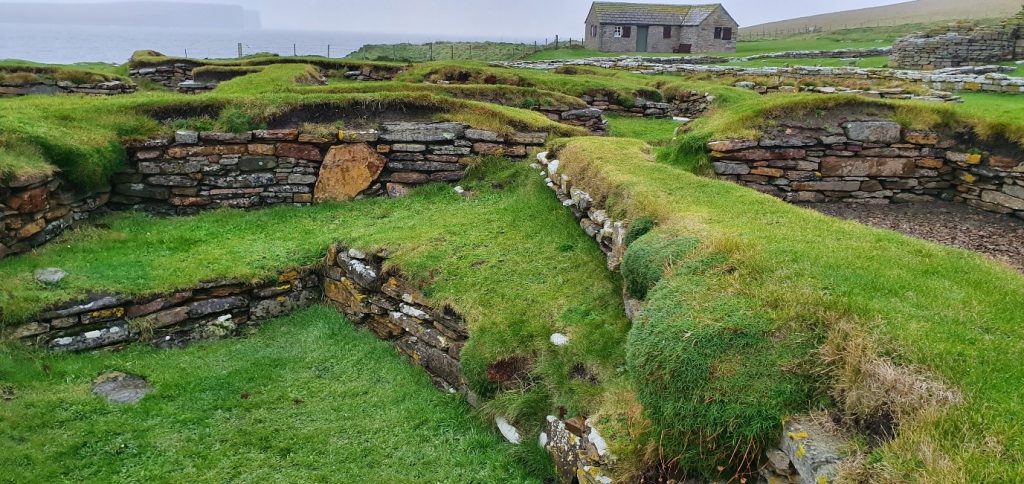
Maybe they did – with the caveat that DNA cannot tell a Pict from a Viking or any other inhabitant of Britain because identities are not in the blood – but in any case, this would only be part of the story of what happened in Orkney in the ninth century.
Put a ring on it
Viking-age warlords and kings, like other early medieval elites, embraced the exotic and the foreign. In previous posts, I’ve written about the way ‘Viking’ swords copied and adapted Frankish and English forms, and the curious amount of Insular material (objects deriving from Britain and Ireland) ending up in Viking-age graves. Some of the wealthiest grave assemblages in Norway and Sweden are full of exotic material, because objects won from distant lands were tickets to higher status in society. The cachet that such prizes could afford fuelled the earliest Viking raids.
In my last blog post, I showed how trophies of foreign adventures were often remade into brooches, pins and weights. In the arena of competitive display of exotic objects, one could even go all the way and dress like a foreigner.
We see examples of both modification, and reuse without modification of Insular objects in Viking graves. After the Scandinavian oval brooches, the most frequently occurring dress items in Viking graves in Scotland are Insular-made pins and brooches. The ubiquitous ring-pin, a simple copper alloy garment fastener with Irish origins, became the calling card of the age, and was used by both men and women.
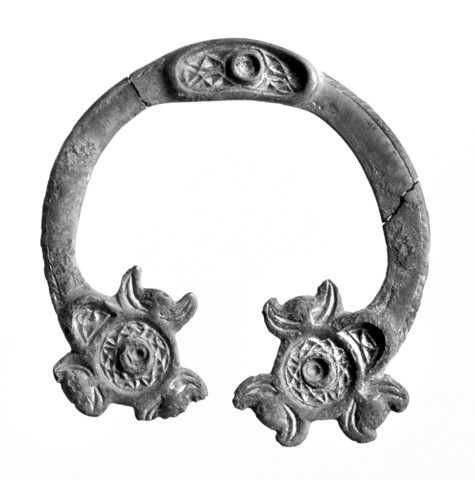
Penannular brooch from Helgheim u. Nes, Sogndal, Norway B9065; Image © Universitetsmuseet i Bergen / CC BY-NC-ND 3.0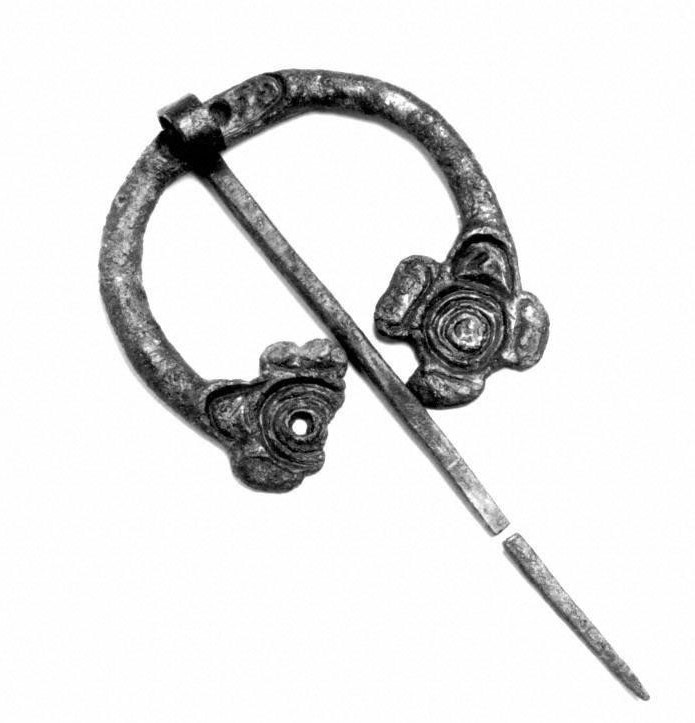
Pennannular brooch from a grave in Machrins, Colonsay X.FC 189
Annular and penannular brooches, typical of Scotland, Ireland and Wales but not previously found in Scandinavia, soon found their way into Viking-age burials from Orkney to Dumfriesshire. Such dress items were more than just accessories, they were badges of elite status and political affiliation. Wearing one in Scandinavia would have been a striking statement of adventures abroad. Wearing one in Britain or Ireland would have been more than a simple fashion choice, but a claim to political status and power. Is it possible that some of that symbolic power applied even abroad? Some of the most elaborate examples of brooches in the entire Insular corpus are actually found in rich female graves at home and abroad.
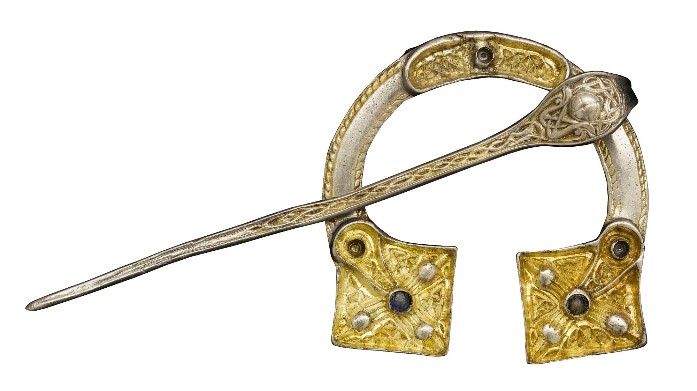

The lure of the exotic?
Any of the above could have been purloined as trophies. It is less well-known that in the early Viking age, craftspeople in Norway began to make Insular-type brooches and pins of their own. Some of these were direct imitations of Pictish and Irish brooches.
One particular style which seems to have been influential in Norway was a series of penannular brooches with terminals shaped like ferocious beasts, teeth bared. We can see these confronted beasts on any number of Pictish carved stones and crosses of the period as well. The motif of confronted beasts has deep roots in both Celtic and Germanic styles of animal art. It may have been used as a form of protection against evil, in both pagan and Christian contexts.
The use of such beasts on terminals of penannular brooches is specific to finds from Pictish areas. Examples are known from St Ninian’s Isle, Shetland, where it also appears on two sword chapes, and Freswick Links, Caithness. A clay mould for making similar brooches was excavated from the Brough of Birsay, Orkney, all of which shows a distinctly northern distribution – in areas which would become strong Norse enclaves in the Viking age. And while these are objects that were presumably hidden from the Vikings, others were certainly still in circulation: a bronze lion mount from a Viking grave in Islandbridge (Dublin) with tongue through bared teeth has been deemed Pictish in the latest study.


A series of Norwegian brooches and pins uses confronted beast heads with lashing tongues very similarly to those from northern Scotland. These range from penannular brooches, again not previously part of the Norse repertoire, to brooch-pins, a type of dress-fastener more popular in Ireland which also sparked a new fashion across Scandinavia. James Graham-Campbell and Zanette Tsigaridas Glørstad have laid out the case for these being direct imitations of Insular brooches, but made in Norway. This shows that the introduction of all sorts of Insular objects could be remixed creatively for a rapidly rising elite abroad. It shows that more than just showing off trophies, these badges of status and power in an Insular context were actively transplanted back ‘home’ in Norway, too.
It is yet another reminder that what we call the Viking Age was not simply a case of one group of people dominating or replacing another. It was an era of expanding horizons and accelerating contacts with ever wider social networks. I have chosen to focus on the Picts in this case study to show that ‘replacement’ and ‘displacement’ don’t begin to capture the complexities of identity on the ground in the ninth to eleventh centuries. But like DNA, objects don’t carry ‘ethnicity’ with them. Their meanings changed as they moved through the world. The Viking Age is instead defined by the give and take embodied by these artefacts and their travels.

